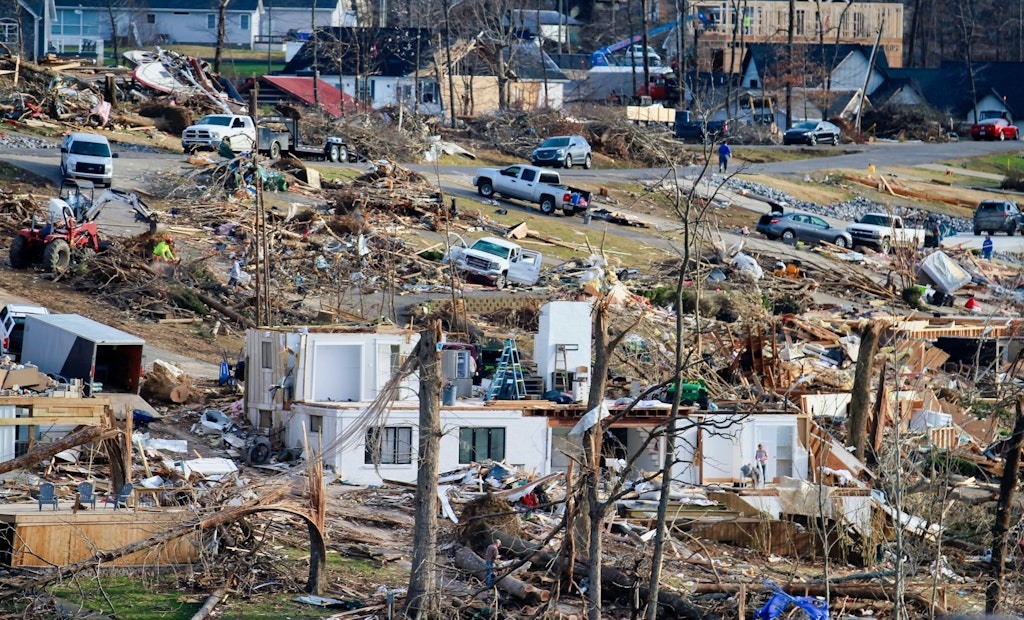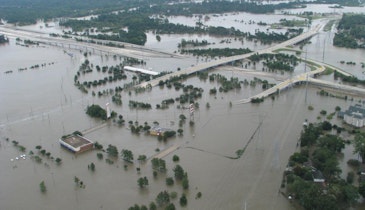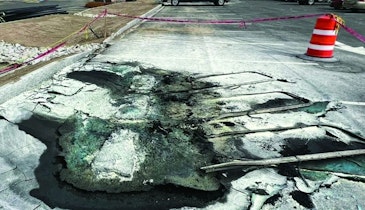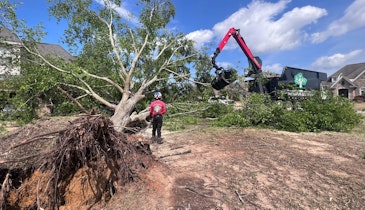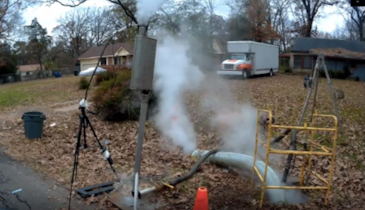When thinking of storm events during the fall months, hurricanes are typically the first thing to come to mind. Tornadoes are often associated with the spring and summer months, when warm, moist air masses clash with cooler, drier air. However, fall and winter tornadoes present a unique and often underestimated threat. These tornadoes can be just as powerful and destructive as their warmer-weather counterparts, and they come with their own set of challenges and risks.
Unusual but not uncommon
While fall and winter tornadoes are less common than those occurring in spring and summer, they are by no means rare. The months of October through February see a noticeable decrease in tornado activity compared to the peak months of May and June, but significant tornado outbreaks can and do occur during this period.
One of the primary differences between cold-season and warm-season tornadoes lies in the atmospheric conditions that give rise to them. Warm-season tornadoes typically form within supercell thunderstorms, which are characterized by rotating updrafts sustained by a continuous supply of warm, moist air near the surface. Cold-season tornadoes, on the other hand, often develop in a different meteorological environment.
Factors contributing to fall and winter tornadoes
Temperature contrasts
During the fall and winter months, temperature gradients between cold, polar air and warmer, moist air masses can be especially pronounced. These sharp temperature contrasts can lead to the development of strong frontal boundaries, which provide the necessary conditions for tornado formation.
Strong upper-level jet streams
Fall and winter tornadoes are frequently associated with powerful upper-level jet streams. These fast-moving air currents aloft can help create an environment conducive to severe weather by providing the necessary wind shear and instability.
Low-level shear
While warm-season tornadoes often rely on vertical wind shear (changes in wind direction and speed with height), cold-season tornadoes can develop in environments with strong low-level wind shear. This horizontal wind shear can lead to the stretching and eventual tilting of rotating updrafts, resulting in tornado formation.
Increased instability
While cold air at the surface might be a dominant feature in fall and winter, pockets of warm, moist air can still be present, especially ahead of advancing cold fronts. When this warmer air interacts with the cold air mass, it can lead to the destabilization of the atmosphere, providing the necessary energy for severe weather, including tornadoes.
Unique hazards posed by fall and winter tornadoes
Reduced warning time
Due to the relative infrequency of fall and winter tornadoes, there may be a tendency for individuals and communities in affected regions to be less prepared. This can result in shorter warning times and less time for people to seek shelter.
Cold weather impacts
Fall and winter tornadoes bring with them the added danger of cold weather conditions. Workers may face hypothermia and other cold-related risks while on the job.
While fall and winter tornadoes may not be as common as those occurring in spring and summer, understanding the unique atmospheric conditions that contribute to their formation can give your business a leg up on being ready for responsive action.
